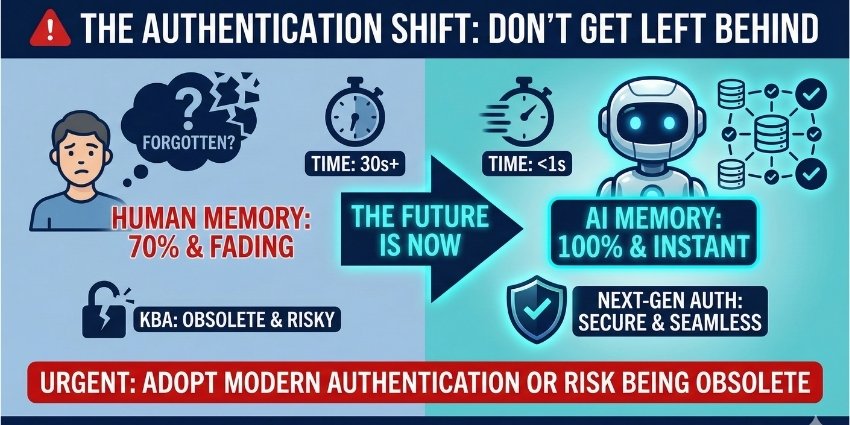Average Handling Time (AHT) measures the average amount of time that contact center agents take to resolve customer queries.
Most operations monitor the metric across the entire contact center team because it is a critical input into staffing calculations. Yet, it also brings many other benefits.
For example, contact centers can measure AHT at an individual level to support agent coaching. After all, long handling times indicate that agents struggle to provide the quick answers that customers desire.
Contact centers may also track AHT across different contact reasons. In doing so, they pinpoint queries that take a long time to resolve. By then assessing these queries and isolating issues within the call handling process, contact centers can fix troublesome problems, improve customer service and cut costs.
Yet, despite the many potential applications of AHT, there is only one formula.
The Formula to Measure AHT
The formula for calculating AHT is:

As the equation suggests, call handling time consists of three fundamental components:
- Talk time – The time that the agent converses with the customer.
- Hold time – The time that the agent puts the customer on hold to uncover helpful information.
- Wrap time – The time that an agent completes After Call Work, aka. Writes up a post-call summary to add to the CRM.
Some make the mistake of only including talk time within their AHT calculations. However, the agent is still working on the query during the hold and wrap time. As such, these are critical inputs.
What’s more, it is useful to consider talk, hold, and wrap time independently when trying to reduce AHT, which is a goal for many contact center leaders. By doing so, operations can reduce staffing requirements and lower costs.
How to Reduce AHT in Your Contact Centre?
First, consider talk time. To streamline customer conversations and lower talk time, contact centers can:
- Coach call handling techniques, such as signposting and probing questions.
- Automate desktop processes, such as launching applications and form filling.
- Integrate contact center systems to centralize customer information in one location.
Next, think about hold time. To avoid keeping customers waiting, contact centers can:
- Mechanize back-end processes with the help of Robotic Process Automation (RPA).
- Manage and update the knowledge base regularly to provide a central source of excellent insights.
- Merge CCaaS and UCaaS to make it easier for agents to quickly communicate with subject matter experts (SMEs).
Finally, consider wrap time. To speed up ACW, contact centers can:
- Coach agents to use abbreviations while typing, such as “CUST” for customer and “DLVY” for delivery.
- Use speech analytics to automate post-call summaries and ticket tagging.
Is a Good AHT Metric?
Yes, that is the short answer. It paves the way for accurate staffing calculations, positive coaching conversations, and the identification of process issues.
However, many contact centers misuse the metric, understanding that lowering AHT reduces costs. As such, they ask agents to rush through calls.
Unfortunately, pressuring agents in this way often hurts customer service experiences as rapport suffers. So, contact centers must proceed with caution.
Another frequently misunderstood metric is occupancy. Uncover how to measure this metric correctly by reading our article: Agent Occupancy Rate in a Contact Centre.







